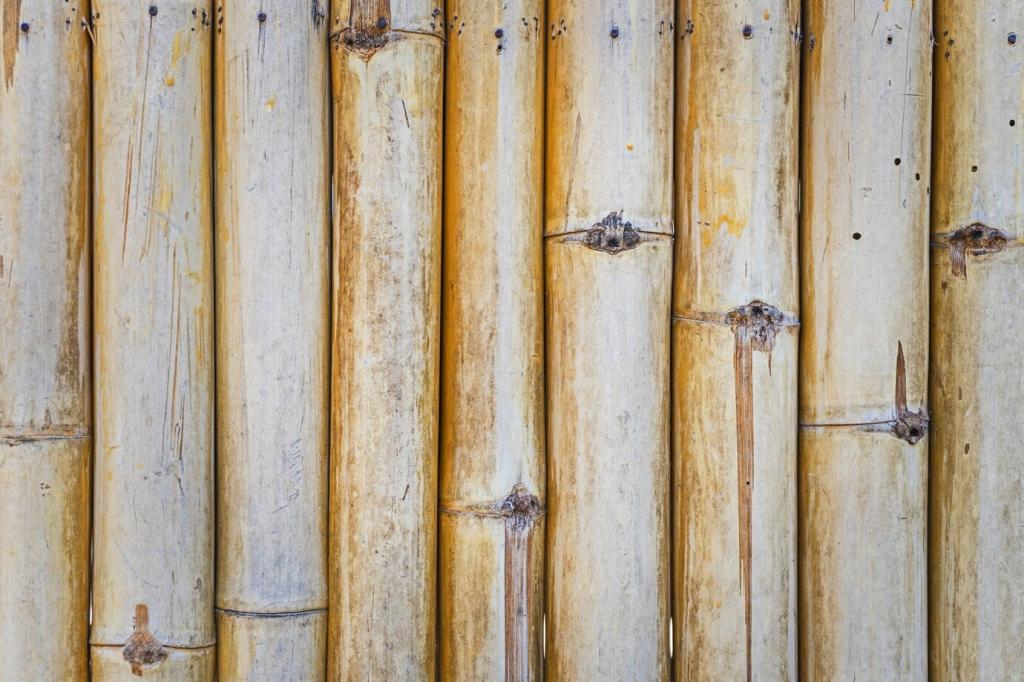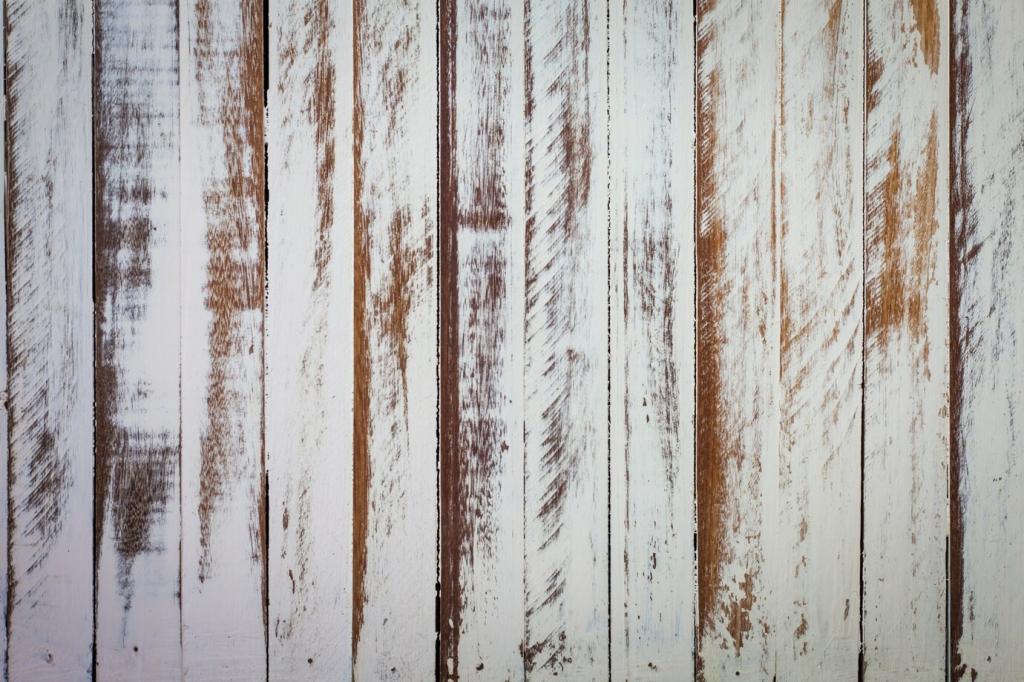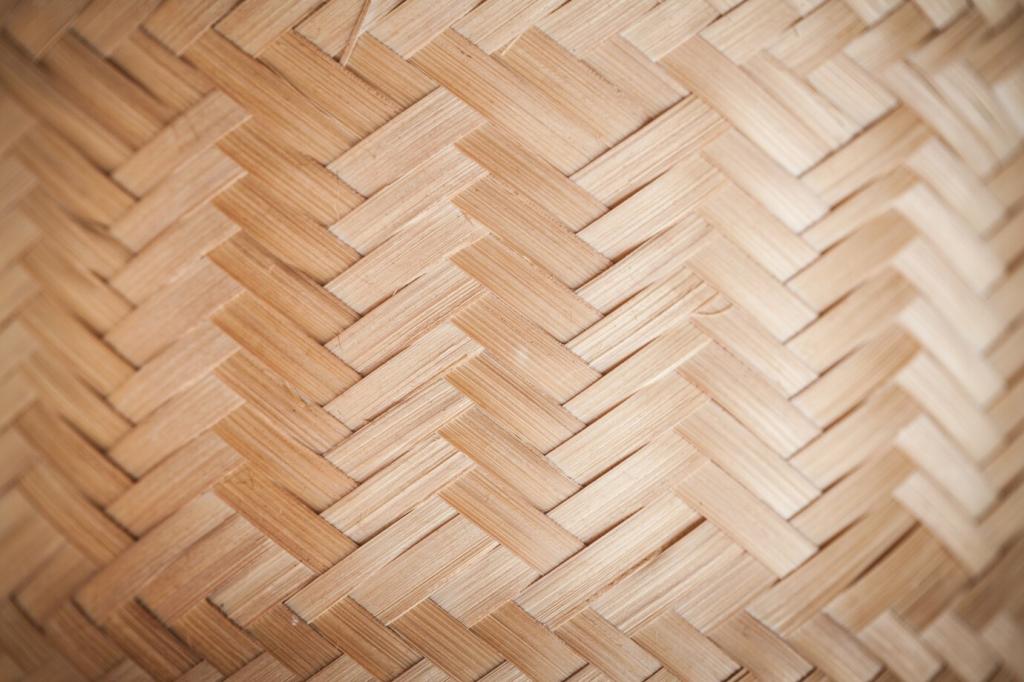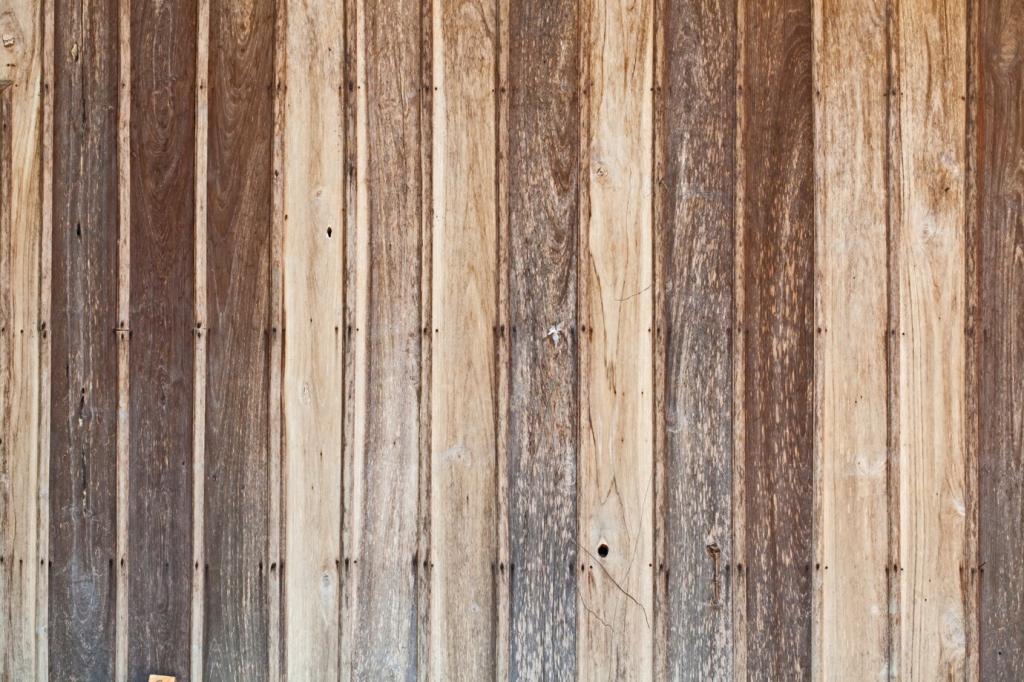Eco-friendly Outdoor Design Ideas
Native Plants and Climate-Smart Planting
Think in layers: canopy trees, understory shrubs, perennials, and groundcovers working together. Native layering shades soil, slows evaporation, and feeds pollinators from spring through frost. Fewer inputs, more life. Want a quick start? Pick three bloom seasons and cluster flowers in drifts so bees can forage efficiently.

Water-Wise Features that Look Beautiful
Rain Gardens that Work While You Relax
Direct downspouts into a shallow basin planted with deep-rooted natives. As water pools, soils filter sediment and the plants drink deeply. No sump pump humming, no messy runoff. Shape the edges gently, add river stones for texture, and enjoy a functional focal point that quietly manages heavy rains.
Permeable Paths and Patios
Swap concrete for permeable pavers, gravel with stabilizing grids, or spaced flagstones set in sand. Water sinks through rather than racing to the street, reducing erosion and glare. The subtle crunch underfoot feels great, too. Choose locally quarried stone when possible to curb transport emissions and blend with regional character.
Rain Barrels and Cisterns
Catch roof runoff with screened barrels or a slender cistern; use it later for drip irrigation on raised beds. Elevate the barrel for gravity flow, and add a first-flush diverter to keep debris out. Many communities offer rebates—check yours, then comment to help others find local incentives and tips.
Low-Impact Materials and Reuse
Reclaimed and Certified Wood
Old decking, barn boards, or FSC-certified lumber bring texture with a conscience. Sand gently, seal with a low-VOC finish, and celebrate the knots and stories. For pallet projects, look for heat-treated stamps, not chemical treatments. Thoughtful wood choices keep forests standing and lend instant soul to a new build.


Recycled Aggregates and Local Stone
Crushed recycled concrete (often called urbanite) can edge beds or stack into rustic seating. Pair with locally quarried flagstone for steps that feel grounded and timeless. Fewer long-haul deliveries mean lower emissions and an aesthetic that belongs. Mix fine gravel joints with native thyme for green, fragrant seams.

Pollinator Corridors in Your Yard
Create continuous bloom from early spring to late fall with clusters of native flowers. Add host plants like milkweed for monarchs and parsley for swallowtails. Avoid pesticides—healthy soil and diverse planting usually balance pests naturally. A small sunny strip can become a busy pollinator lane within a single season.

Water, Shelter, and Safe Passage
Provide shallow water with stones for perches, leave a log pile for overwintering insects, and let seed heads stand through winter. A dense hedge becomes a living fence and nesting space. Include small ground gaps so wildlife can pass, and you’ll notice calmer, healthier garden dynamics year-round.

Night-Friendly Outdoor Spaces
Many pollinators and birds navigate by starlight. Choose shielded, downward-facing fixtures and warm color temperatures to reduce glare. Put lights on timers or motion sensors and keep them off when not needed. You’ll protect nocturnal wildlife, sleep better, and enjoy an unexpectedly dramatic night sky from your own patio.
Solar Where It Shines
Place solar path lights where they receive five or more hours of direct sun, away from sprinkler overspray. For shaded areas, consider a small remote solar panel that feeds multiple fixtures. Replaceable batteries extend product life, and thoughtful placement avoids glare while highlighting plants and textures beautifully.
Smarter Controls, Less Waste
Combine dusk-to-dawn sensors with motion triggers so lights activate only when needed. Layer zones: gentle pathway glow, brighter task lighting at the grill, and a dimmable seating area. This approach feels luxurious while trimming energy use. Add smart plugs to monitor consumption and share your savings milestones with the community.
Choosing Fixtures that Respect the Night
Look for full cut-off fixtures that aim light downward, with warm bulbs around 2700K to preserve natural color and reduce blue light scatter. Matte finishes minimize harsh reflections. Your garden will feel calmer, your neighbors will thank you, and migrating wildlife will pass through with far less confusion.


Upcycled Comfort: Furniture and Decor
Choose sturdy, heat-treated pallets, then sand, round edges, and seal with a plant-based, low-VOC finish. Add casters and a cushion for a movable lounge bench. Thoughtful prep means your project weathers gracefully, avoiding the disposable look and proving reuse can feel intentionally crafted, not cobbled together.
Upcycled Comfort: Furniture and Decor
Old tins, gutters, and fabric grow bags become striking planters with proper drainage. Line sharp edges, drill holes, and use a peat-free mix to protect bog habitats. Group by sun needs, then elevate some containers for layered height. Share your quirkiest container and the plant that thrived unexpectedly inside it.
